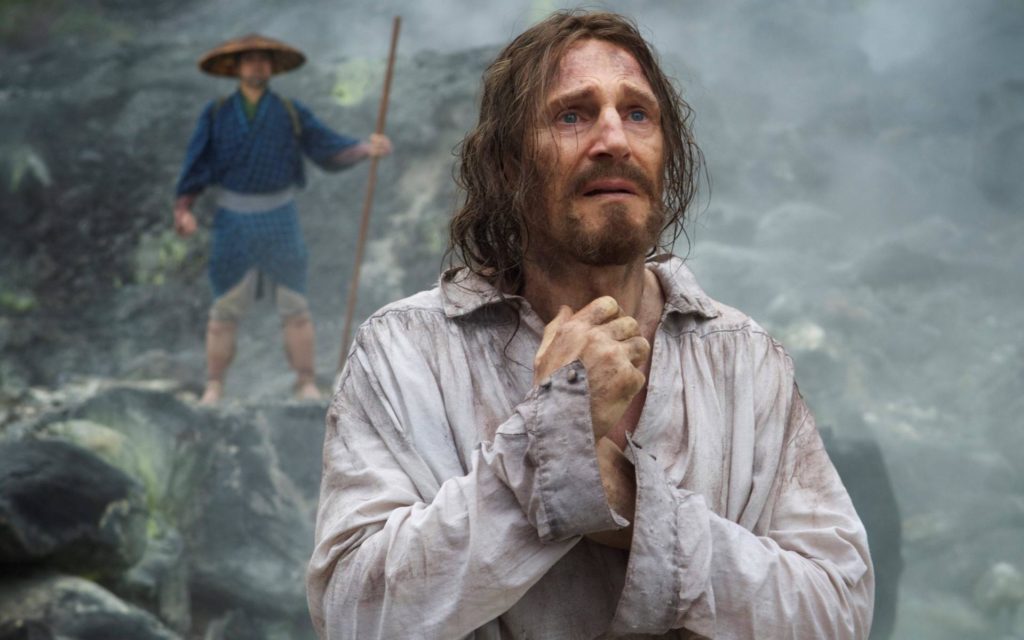Faith does not have two faces. At least that's what Martin Scorsese tries to show in his latest film, Silence. It is the fictionalized story of three Jesuit priests during the process of evangelization of Japan in the 17th century.
Silence
Director: Martin Scorsese
Screenplay: Jay Cocks, Martin Scorsese (based on the novel by Shusaku Endo)
Year: 2016
Country: United States
Faith does not have two faces. At least that's what Martin Scorsese tries to show in his latest film, Silence. It is the fictionalized story of three Jesuit priests during the process of evangelization of Japan in the 17th century.
It is a film that Scorsese began working on more than twenty years ago. The idea arose after the controversy caused by his movie The last temptation of Christ. It was then that he read the novel SilenceThe story was written by the Japanese writer Shusaku Endo (which presents some inconveniences for the believer). From that moment on, he began a process of research and study of the script to tell this story well. And it does not seem unreasonable to think that in the film, the director himself may let us glimpse his own questions about faith.
It tells the story of the journey to Japan of priests Sebastian Rodrigues (Andrew Garfield) and Francisco Garupe (Adam Driver). They go in search of their mentor, Cristobal Ferreira (Liam Neeson), who is assumed to have renounced the faith. On their journey, they encounter a society that, while rejecting Christian principles, leaves some room for the teachings of the two priests to bear some fruit.
However, problems arise when the inquisitor Inoue enters the scene, a calculating and Machiavellian character, who discovers in incoherence his main weapon to remove the souls of those who doubt. This character, masterfully played by Issei Ogata, takes advantage of the misinterpretation of the martyrdom of the early Christians to pressure the priests, especially Father Rodrigues, to abandon their task.
The pain, anguish and what the film presents as the silence of God, ends up generating an atmosphere of ambiguity that will lead the characters to see their religious foundations shaken, and to enter into a profound battle between what their faith demands and what the society in which they carry out their mission demands.
However, in the end, and ignoring some questionable decisions by the director, the film ends up going back to the beginning and opening a window to understand what God suggests with his silence.
In this classic film, the director does not shy away from any questions. His skill is evident both in what the camera shows and in the editing and montage. And because he focuses on the story he wants to tell, he ends up giving the viewer hardly any rest throughout its 160 minutes of footage.
-Jairo Darío Velásquez Espinosa












